September is “Life Insurance Awareness Month,” and we wanted to answer this common question: “What life insurance can you borrow from?” Since life insurance policies come in so many forms, let’s start with the type you can’t borrow from. The most common form of life insurance is called “term life.” Term is the simplest form of life insurance and most common because it contains only a “death benefit” which is paid to a beneficiary upon the insured person’s death.
You cannot borrow from a term life policy because it’s strictly used to provide financial protection in the form of a death benefit, or cash for a loved one in the event of an insured’s passing. Term life insurance guarantees a certain death benefit payout if the insured dies during a specified period, such as 1, 2, 10, 15, or 30 years, and then the policy ends. Often premiums for term insurance are level for a certain number of years but some policies may go up as the insured gets older.
Life Insurance Policies You Can Borrow From
Permanent life insurance policies can be borrowed from, because in addition to a death benefit, there is a cash value portion of the policy which you contribute to as part of your premium cost, and the cash portion can grow through time.
Permanent means permanent as opposed to term; the policies don’t end at a certain point of time, they continue for as long as you live and pay the premiums. The cash value in a life insurance policy can be borrowed during your lifetime—you can borrow the cash to fund college costs, start a new business, pay for retirement expenses, and more—sometimes with significant tax advantages as long as the policy remains in force.
Will I Owe Interest On Amounts I Borrow From a Life Policy?
If you borrow part of your cash value, you will borrow the money tax-free in most cases, but you will be charged a fixed or fluctuating interest rate on the outstanding balance of any loan depending on your policy’s terms. You will have to carefully assess or consult with your financial advisor to make sure your policy stays in good standing if you borrow from it.
Some policies continue to credit interest to the total cash-value portion of your account even if you have borrowed money from it, treating the cash value portion as though all the money were still there. In some cases, with some policies, this equals or exceeds the interest you will be charged. You will want to make yourself aware of all policy terms and conditions before making any decisions about borrowing from an insurance policy; this is where good advice can help.
Permanent Types Of Insurance You Can Borrow From
The major types of permanent insurance policies which can build cash value are whole life, universal life, and variable life.
- Whole Life
Whole life insurance policies are permanent policies with fairly simple terms. They have fixed premiums that don’t go up, and cash value accumulation guaranteed by the financial strength of the insurance company providing the policy.
- Universal Life
Universal life insurance gives consumers flexibility in the premium payments, death benefit amounts, and the savings or cash-value elements of their policies, which is why it’s sometimes called adjustable life insurance. There are different types, including one of the more popular forms, called indexed universal life (IUL). With IUL policies, the cash value is benchmarked to the performance of an index or indices, such as the S&P 500 for potential growth. While an IUL policy’s cash value growth is tied to the performance of the selected index or indexes, the money is not actually invested in the market, it is a contract with the insurance company which determines how crediting works based on the index/indices’ performance. Therefore, your principal is protected from stock market risk, but it can grow based on stock market growth as outlined by your particular policy’s terms.
- Variable Life
With variable life insurance, the cash-value portion of a variable policy is actually invested in the market in what are called “subaccounts;” therefore, there is the potential for loss of principal based on stock market losses. With variable life, you will actually invest and receive prospectuses to review so that you can determine whether or not the subaccount or subaccounts you choose fit with your overall risk strategy. Often variable life policies have higher fees than other types of policies due to the investment management of subaccounts.
If I Borrow Money, What Happens to the Policy After I Die?
Many permanent life insurance policies can be purchased on a “joint survivorship” basis. There are two types: first-to-die, which pays out to the surviving spouse after the first dies; and second-to-die, or survivorship, which pays a death benefit to the heirs after both spouses are gone.
Whether joint survivorship or not, if you borrow cash value from a policy, the amount borrowed is deducted from the total death benefit paid to your named beneficiaries in addition to any remaining fees or interest owed. If you don’t borrow money, the cash value is added to the death benefit.
What Else You Should Know About Life Insurance
- The death benefit paid to your beneficiaries is usually tax-free and bypasses probate, provided the policy’s beneficiary is an individual rather than a trust.
- Life insurance is considered part of a comprehensive financial plan, and can be used in various ways for estate planning or leaving a tax-advantaged legacy to your loved ones.
- Most life insurance policies require a medical exam, and in cases of ill health, your policy may be denied or the policy costs may be higher. As long as you continue to pay all premiums, your policy cannot be canceled if your health status changes in the future.
- Some policies have provisions for chronic, critical, terminal illness, or long-term care benefits that can be used in lieu of, or in addition to, the death benefit.
Each life policy from each different insurance carrier has different features, and the various product choices can be confusing for a consumer to navigate. Additionally, new types of policies are being introduced to the market all the time which may offer better terms. It is very important to work with a qualified advisor to find the policy that might be best suited for you to meet your family’s needs. Call us to learn more about life insurance! You can reach BayTrust Financial in Tampa at 813.820.0069.
This article is for general information purposes only and is not to be relied upon for financial advice. In every case, you should seek the advice of qualified tax, financial and legal professionals to ensure that a life policy is advisable based on your unique circumstances.
Guarantees are provided by insurance companies and are reliant upon the financial strength and claims-paying ability of each individual insurance carrier issuing a life insurance contract.
Life insurance requires medical underwriting; therefore, not everyone will be able to purchase a life insurance policy. Life insurance policies can be complex, and it is recommended that you work with a professional to examine policy terms.
Sources:
https://www.iii.org/article/what-are-different-types-permanent-life-insurance-policies
https://www.investopedia.com/articles/pf/07/whole_universal.asp




